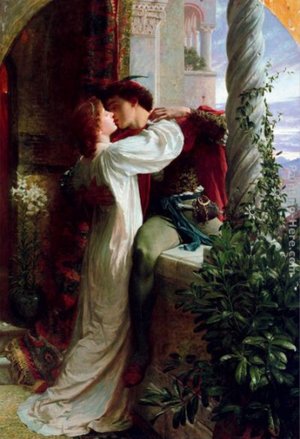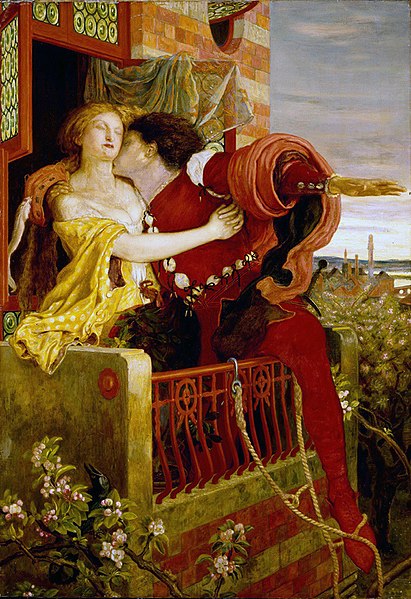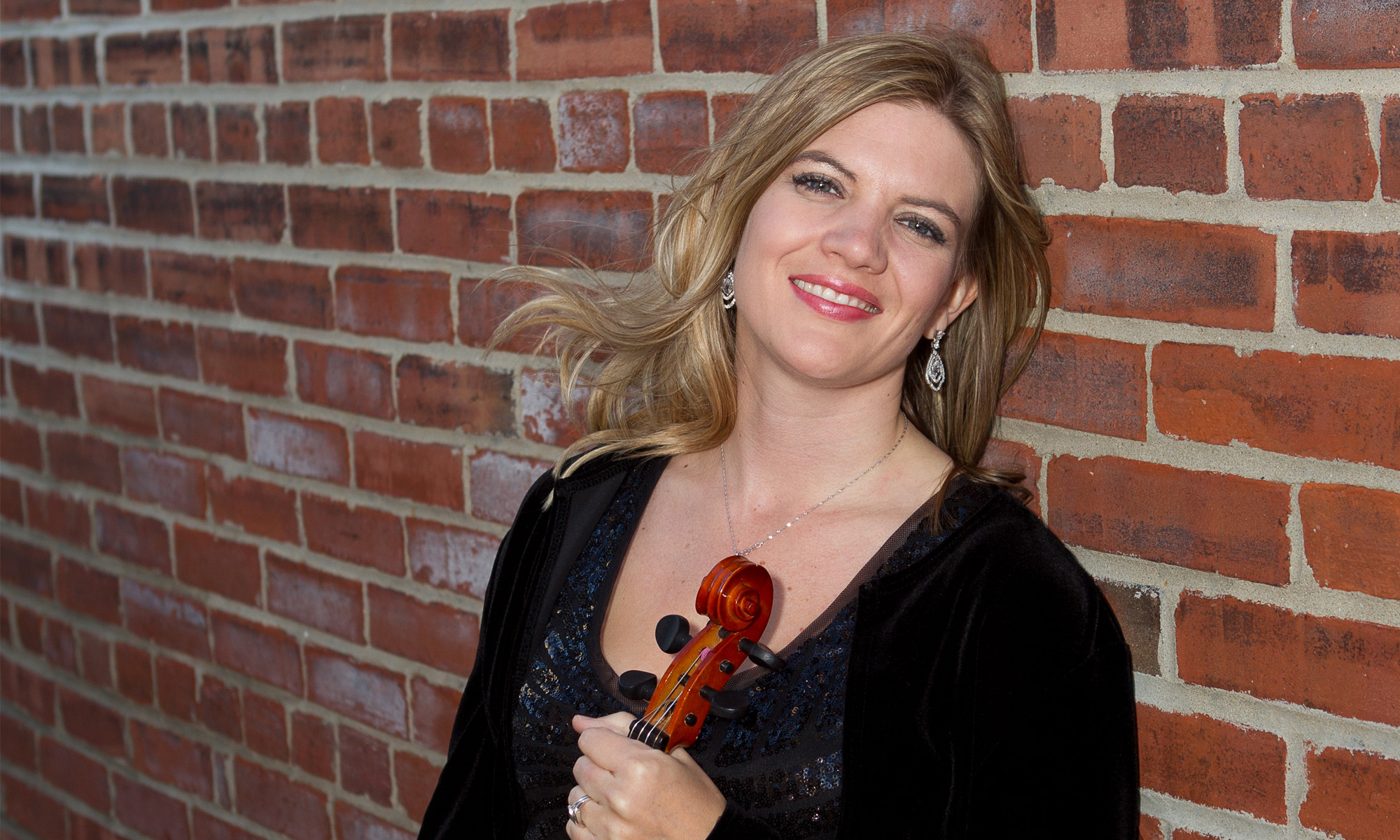
Valentine’s Day is just around the corner, bringing thoughts of love and warmth to our cold winter. The love story we look at today is not as warm, but its longevity has stood the test of time. Written at the end of the sixteenth century by William Shakespeare, Romeo and Juliet is arguably the most famous play of all time. It has continued to fascinate artistic aficionados centuries later.
Artists including Frank Dicksee (1853-1928) and Ford Madox Brown (1821-1893) have memorialized the famous balcony scene on canvas. Eighteenth-century actor and playwright David Garrick adapted the work to better appeal to his contemporary audience.
Check out my playlist to view the different versions described in this post! Can you find the one with the Darth Vader theme from Star Wars?
The film industry has created multiple versions of the story, including the 1936 film with Leslie Howard and Norma Shearer as the star-crossed lovers. The renowned 1968 film adaptation features Leonard Whiting and Olivia Hussey, and of course who can forget Leonarda DiCaprio and Claire Danes in the 1996 version? Only a few years ago in 2013, Douglas Booth and Hailee Steinfeld starred in yet another remake of the epic tale.
Musically, Romeo and Juliet appealed greatly to the 19th-century Romantic sensibility, resulting in phenomenal orchestral masterpieces. Hector Berlioz (1803-1869) greatly admired the literary works of Shakespeare, as well as the musical genius of Beethoven, so when he wrote his symphonie dramatique Romeo and Juliet, he drew inspiration from Shakespeare’s epic depiction of love, as well as Beethoven’s use of vocals in a symphonic work, as evidenced in Beethoven’s 9th Symphony (1824). Berlioz first saw David Garrick’s version of Romeo and Juliet in 1827, which inspired him to compose a symphony on the story. A little over a decade later, in 1839, he wrote the symphonie dramatique. Although the work employs vocals, Berlioz admiringly gave the lead characters of Romeo and Juliet to the orchestra, who play the “scène d’amour.”
Russian composer Pyotr Ilyich Tchaikovsky’s Overture-Fantasy of Romeo and Juliet was first performed in 1870, but underwent much editing for a decade until the Tchaikovsky finished the version we know today. Unlike Berlioz’s colossal work (the entire symphonie dramatique takes about an hour and a half to perform), Tchaikovsky’s is more succinct, only about twenty minutes in length. However, the beauty and power of the work is no less breathtaking. The 1936 movie Romeo and Juliet even incorporates Tchaikovsky’s music into the film.
Composers’ fascination with Romeo and Juliet continued in the twentieth century, with Sergei Prokofiev’s (1891-1953) stunning ballet, premiering in 1935. He derived three orchestral suites from the original ballet, the second of which contains the famous scene between the Montagues and the Capulets, featuring the majestic dotted motif.

In 1957 the musical theater production of West Side Story captured the American audience through its retelling of Romeo and Juliet, with relatable themes and a contemporary setting in New York City. Leonard Bernstein, Stephen Sondheim, and Jerome Robbins collaborated to feature the volatile relationship between rival gangs the Jets (Montagues) and the Sharks (Capulets). American-born Tony, the contemporary Romeo, and Puerto-Rican Maria, Juliet, fall in love, but the story ends tragically with the death of Tony and a reprimand by Maria to the rival gangs in which she claims that hate killed him. The songs “Maria,” “Tonight,” and “Somewhere” beautifully describe the love of the young couple. The musical was memorialized in the 1961 film. My own mom even starred as Maria in a production of the musical!
This Valentine’s Day, take some time to relive this tragic love story, whether that be rereading Shakespeare’s original play, listening to Berlioz’ symphonie dramatique, soaking in Tchaikovsky’s Overture-Fantasy, watching Prokofiev’s ballet, or watching film adaptation! Which version is your favorite? Let me know in the comments below.
*Adaptation of my previous post: Romeo and Juliet, February 9, 2018


Ashley, I sooo enjoyed reading this post on Romeo and Juliet. You write so well, and it was fun to read about all of the takes on Romeo and Juliet. Thanks for your blogging!
Aunt Shannon
Thanks so much, Shannon. I’m so glad you enjoyed it!